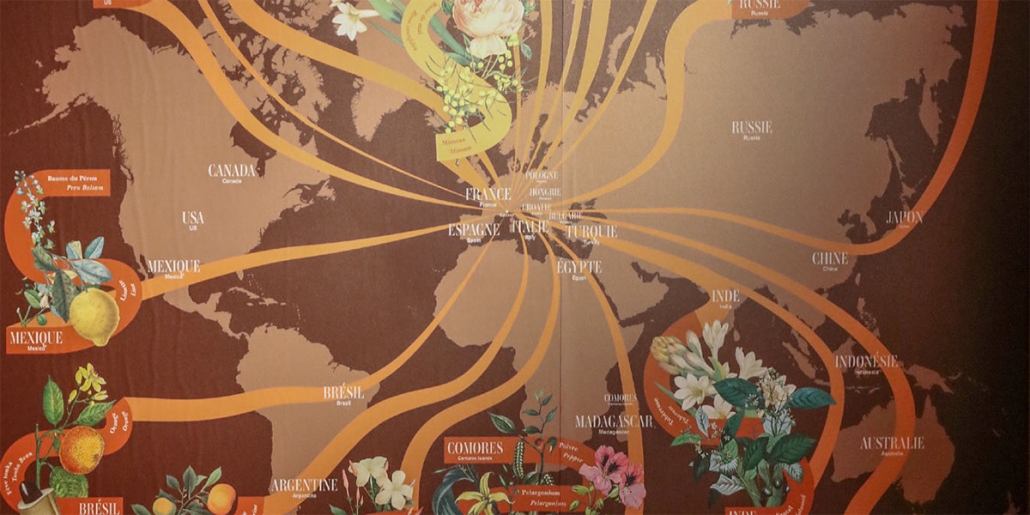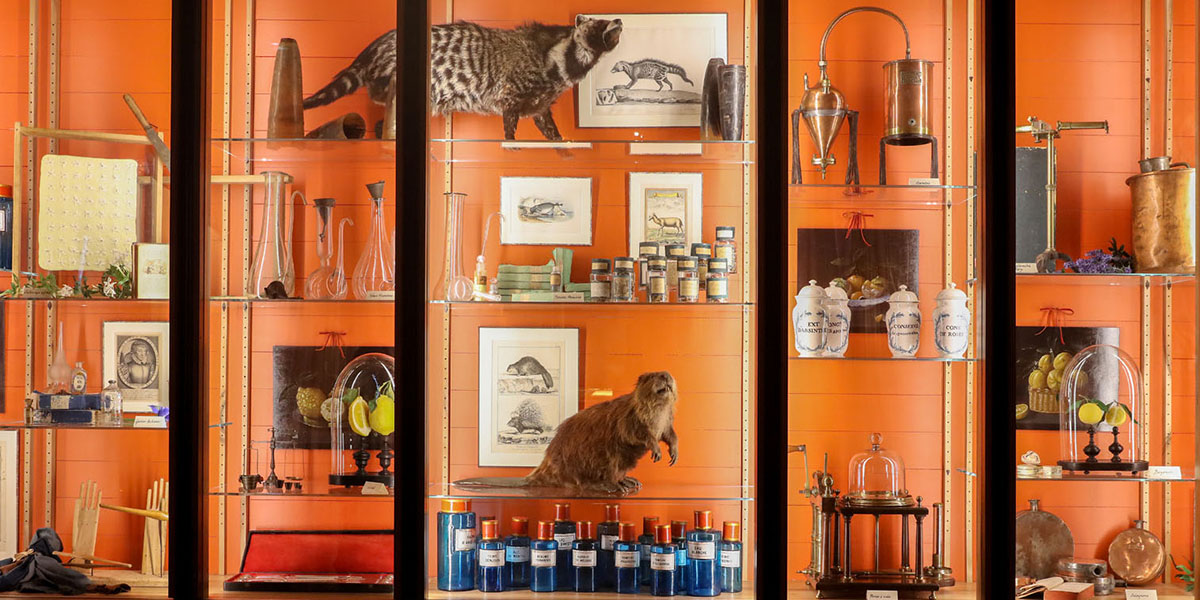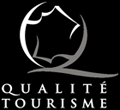The room you are now in is called a cabinet de curiosités or cabinet of oddities.
This concept was invented in the Renaissance and its popularity peaked in the 19th century. Back then, the aristocracy was hosting and attending numerous diners and parties and it was very popular to own a miniature museum like this to entertain the guests.
Please step closer to the showcases and look at the many interesting objects. In the center, a somewhat surprising presence: the animals are here in reference to the animal notes that used to be utilized in perfume, for example musc, castoreum, amber… From the antiquity to the 19th century, animal notes were used as fixative notes. Thankfully, we now use synthetic notes instead. On your left, you can admire a portrait of Louis Toussaint Pivert the founder of one of the oldest French perfumery house and a pioneer in using synthetic notes in perfume.
Of course, we still use natural notes but they now only come from plants: woods, leaves, fruits, or flowers. Flowers are in fact the most popular ingredients in perfume making. In the Renaissance, the five flowers from Grasse; violet, rose, jasmin, orange blossom and mimosa were prosperous thanks to a warm and humid climate. At that time, those essences were used to perfume leather. Grasse was in fact a tanner’s city and when Catherine de Medicis, wife of Henry II, brought the trend of perfumed gloves from Italy to France, all the conditions were gathered for Grasse to become the world’s capital of Perfume.
Please take a look at Catherine de Medicis’ portrait and the gloves before you turn to your right, towards the map. This world’s map shows where the raw materials we use in perfume making are from and their ways to Grasse. Can you spot your home country? Did you know about the raw materials coming from there?
Please proceed to the next room to discover more about the history of perfume and scan the QR code along the way

.
FRAGONARD PARFUMEUR
A family business with ancestral know-how, Parfumerie Fragonard was founded in 1926 in the town of Grasse.
THE FRAGONARD BLOG
Get all the latest news about our factories and museums and experience the world of Fragonard.


